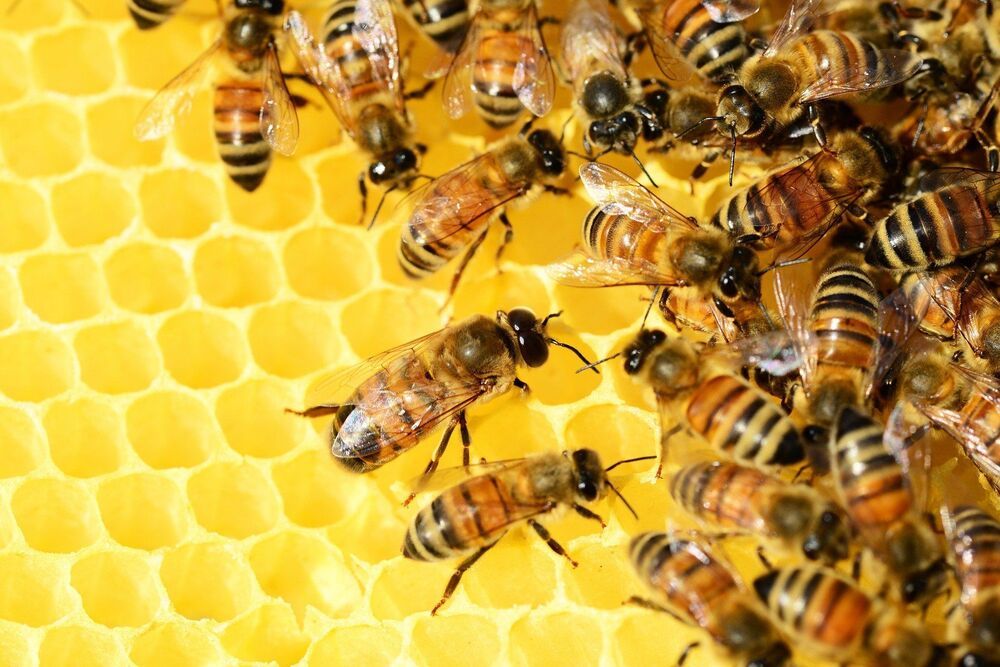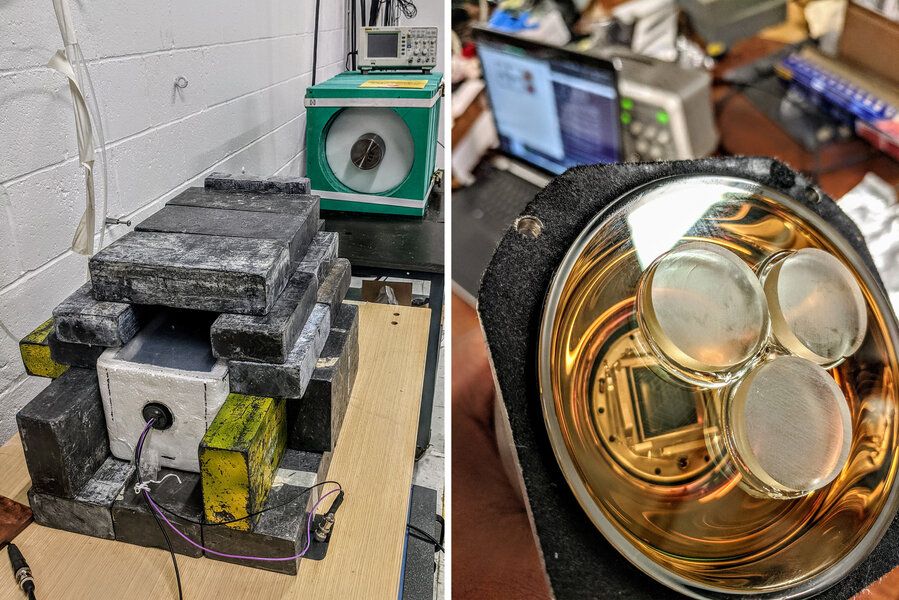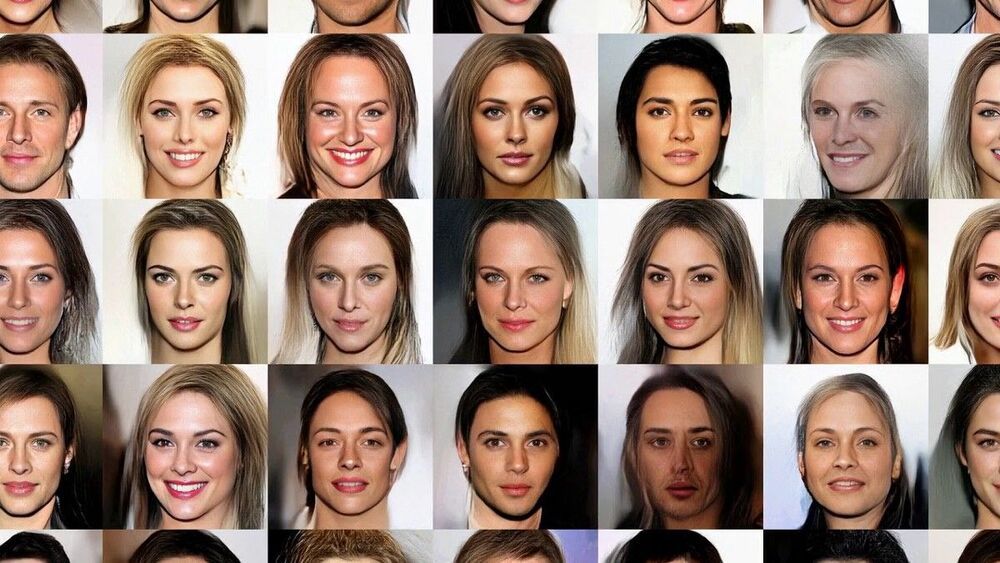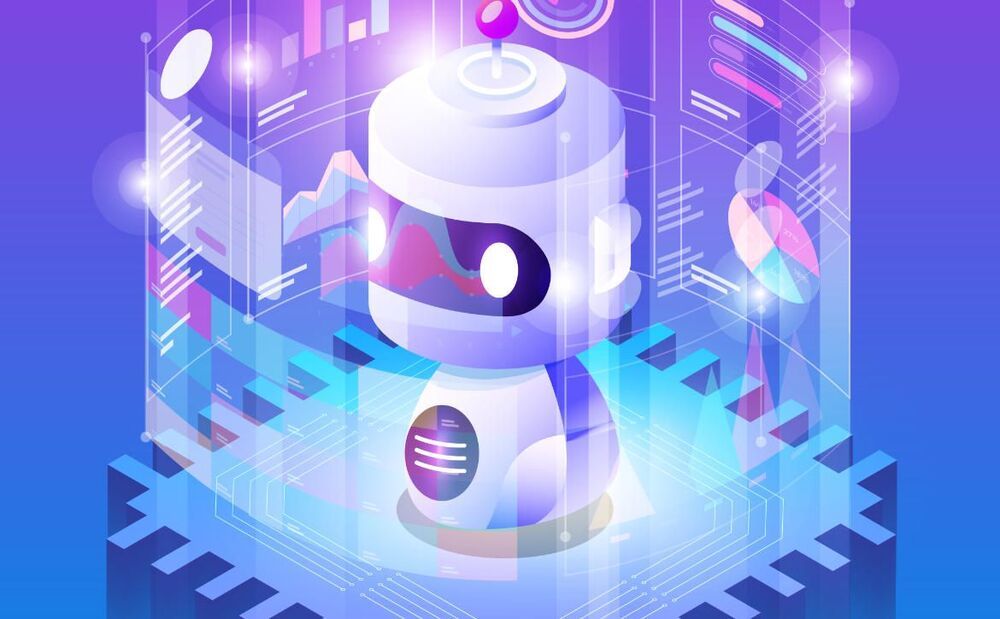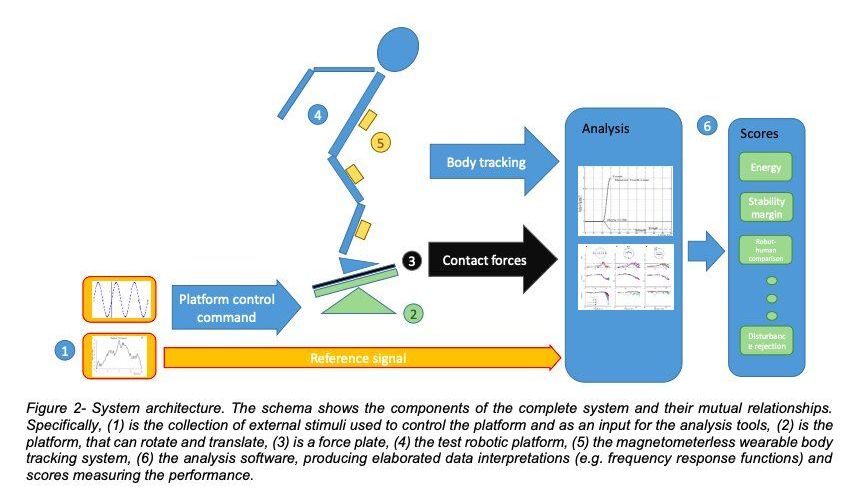A Computer Science portal for geeks. It contains well written, well thought and well explained computer science and programming articles, quizzes and practice/competitive programming/company interview Questions.
Page 5226
Jun 11, 2021
South African worker honeybees reproduce
Posted by Saúl Morales Rodriguéz in categories: biotech/medical, genetics
A team of researchers from the University of Sydney, the ARC-Plant Protection Research Institute and York University, has found that workers in a species of honeybee found in South Africa reproduce by making near-perfect clones of themselves. In their paper published in Proceedings of the Royal Society B, the group describes their study of the bees and what they learned about them.
Prior research has found that some creatures reproduce through parthenogenesis, in which individuals reproduce without mating. This form of reproduction has the advantage of not wasting time and energy on mating and the gene pool remains undiluted. The downside, of course, is loss of genetic diversity, which helps species survive in changing conditions. Prior research has also shown that for most species, parthenogenesis is a less-than-perfect way to produce offspring. This is because some tiny bit of genetic material is generally mixed wrong—these mistakes, known as recombinations, can lead to birth defects or non-productive eggs. In this new effort, the researchers have found a kind of honeybee that has developed a way to avoid recombinations.
The researchers found that South African Cape honeybee queens reproduce sexually, but the workers reproduce asexually. They then conducted a small experiment—they affixed tape to the reproductive organs of a queen, preventing males from mating with her, and then allowed both her and the worker bees in the same hive to reproduce asexually. They then tested the degree of recombination in both. They found that offspring of the queen had approximately 100 times as much recombination as the worker bees. Even more impressive, the offspring of the worker bees were found to be nearly identical clones of their parent. More testing showed that one line of worker bees in the hive had been cloning themselves for approximately 30 years—a clear sign that workers in the hive were not suffering from birth defects or an inability to produce viable offspring. It also showed that they have evolved a means for preventing recombination when they reproduce.
Jun 11, 2021
Researchers build first modular quantum brain sensor, record signal
Posted by Saúl Morales Rodriguéz in categories: biotech/medical, neuroscience, quantum physics
A team of scientists at the University of Sussex have for the first time built a modular quantum brain scanner, and used it to record a brain signal. This is the first time a brain signal has been detected using a modular quantum brain sensor anywhere in the world. It’s a major milestone for all researchers working on quantum brain imaging technology because modular sensors can be scaled up, like Lego bricks. The team have also connected two sensors like Lego bricks, proving that whole-brain scanning using this method is within reach—as detailed in their paper, which is published today in pre-print. This has not been possible with the currently commercially available quantum brain sensors from the United States.
These modular devices work like play bricks in that they can be connected together. This opens up the potential for whole–brain scanning using quantum technology, and potential advances for neurodegenerative diseases like Alzheimer’s.
The device, which was built at the Quantum Systems and Devices laboratory at the university, uses ultra-sensitive quantum sensors to pick up these tiniest of magnetic fields to see inside the brain in order to map the neural activity.
Jun 11, 2021
Researchers observe sound-light pulses in 2D materials for the first time
Posted by Saúl Morales Rodriguéz in categories: computing, engineering, particle physics, quantum physics

Using an ultrafast transmission electron microscope, researchers from the Technion—Israel Institute of Technology have, for the first time, recorded the propagation of combined sound and light waves in atomically thin materials.
The experiments were performed in the Robert and Ruth Magid Electron Beam Quantum Dynamics Laboratory headed by Professor Ido Kaminer, of the Andrew and Erna Viterbi Faculty of Electrical & Computer Engineering and the Solid State Institute.
Continue reading “Researchers observe sound-light pulses in 2D materials for the first time” »
Jun 11, 2021
Portable technology offers boost for nuclear security, arms control
Posted by Saúl Morales Rodriguéz in categories: engineering, physics, security
About five years ago, Areg Danagoulian, associate professor in the MIT Department of Nuclear Science and Engineering (NSE), became intrigued by a technique developed by researchers at Los Alamos National Laboratory that uses a neutron beam to identify unknown materials.
“They could look into a black box containing uranium and say what kind and how much,” says Danagoulian, who directs MIT’s Laboratory of Applied Nuclear Physics (LANPh). “I was thinking about the problem of verifying nuclear material in warheads, and it just dawned on me, this amazing technology could be applied to what we’re working on.”
But there was a problem: This method, called neutron resonance transmission analysis (NRTA), requires an enormous, expensive apparatus, limiting its utility for the kind of on-site nuclear material applications Danagoulian and his research colleagues focus on. To leapfrog this obstacle, they determined to make NRTA technology portable.
Jun 11, 2021
This Neural Networkfrom OpenAI can Learn from Small Datasets
Posted by Dan Kummer in categories: mathematics, robotics/AI
Glow is an iconic interesting research about deep neural networks that can generalize with small training sets.
Since the early days of machine learning, artificial intelligence scenarios have faced with two big challenges in order to experience mainstream adoption. First, we have the data efficiency problem that requires machine or deep learning models to be trained using large and accurate datasets which, as we know, are really expensive to build and maintain. Secondly, we have the generalization problem which AI agents face in order to build new knowledge that is different from the training data. Humans, by contrast, are incredibly efficient learning with minimum supervision and rapidly generalizing knowledge from a few data examples.
Generative models are one of the deep learning disciplines that focuses on addressing the two challenges mentioned above. Conceptually, generative models are focused on observing an initial dataset, like a set of pictures, and try to learn how the data was generated. Using more mathematical terms, generative models try to infer all dependencies within very high-dimensional input data, usually specified in the form of a full joint probability distribution. Entire deep learning areas such as speech synthesis or semi-supervised learning are based on generative models. Recently, generative models such as generative adversarial networks(GANs) have become extremely popular within the deep learning community. Recently, OpenAI experimented with a not-very well-known technique called Flow-Based Generative Models in order to improve over existing methods.
Continue reading “This Neural Networkfrom OpenAI can Learn from Small Datasets” »
Sorry, we’re having trouble playing this video.
Learn More
Contains 24 logical fallacies, 24 cognitive biases, 3 Game Cards and 3 Call Out Cards. Perfect for honing critical thinking skills, calling out people you’re arguing with, and spotting actual fake news.
Jun 11, 2021
A study shows the unexpected effect of black holes beyond their own galaxies
Posted by Saúl Morales Rodriguéz in categories: cosmology, evolution, physics
At the heart of almost every sufficiently massive galaxy there is a black hole whose gravitational field, although very intense, affects only a small region around the center of the galaxy. Even though these objects are thousands of millions of times smaller than their host galaxies, our current view is that the Universe can be understood only if the evolution of galaxies is regulated by the activity of these black holes, because without them the observed properties of the galaxies cannot be explained.
Theoretical predictions suggest that as these black holes grow they generate sufficient energy to heat up and drive out the gas within galaxies to great distances. Observing and describing the mechanism by which this energy interacts with galaxies and modifies their evolution is therefore a basic question in present day Astrophysics.
With this aim in mind, a study led by Ignacio Martín Navarro, a researcher at the Instituto de Astrofísica de Canarias (IAC), has gone a step further and has tried to see whether the matter and energy emitted from around these black holes can alter the evolution, not only of the host galaxy, but also of the satellite galaxies around it, at even greater distances. To do this, the team has used the Sloan Digital Sky Survey, which allowed them to analyze the properties of the galaxies in thousands of groups and clusters. The conclusions of this study, started during Navarro’s stay at the Max Planck Institute for Astrophysics, are published today in Nature magazine.
Jun 11, 2021
Distinguishing between chatbots and conversational AI
Posted by Dan Kummer in categories: business, robotics/AI
In your business you need to learn how to distinguish between chatbots and conversational AI, here are some tips on how to do that.
Jun 11, 2021
A system to benchmark the posture control and balance of humanoid robots
Posted by Dan Kummer in category: robotics/AI
In recent years, roboticists have developed a wide variety of robots with human-like capabilities. This includes robots with bodies that structurally resemble those of humans, also known as humanoid robots.
Testing the performance of humanoid robots can sometimes be challenging, as there are numerous measures to consider when trying to determine their applicability in real-world scenarios. Two features that are particularly important for humanoid robots are posture control and balance, as these robot’s body structures can sometimes make them prone to falling or stumbling, especially in complex environments.
Researchers at Technische Universität Berlin and the University Clinic of Freiburg recently created a system to evaluate the posture control and balance of both humans and humanoid robots. This system, presented in a paper pre-published on arXiv, is designed to assess balance and posture control of robots or humans as they perform different movements on a moving surface.

